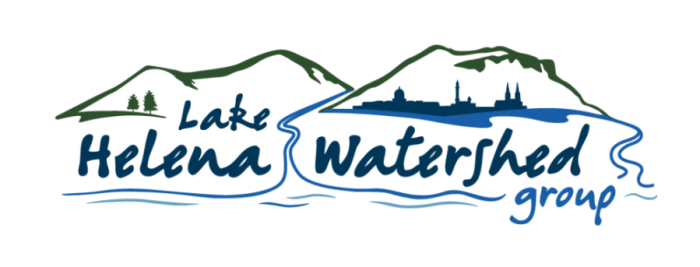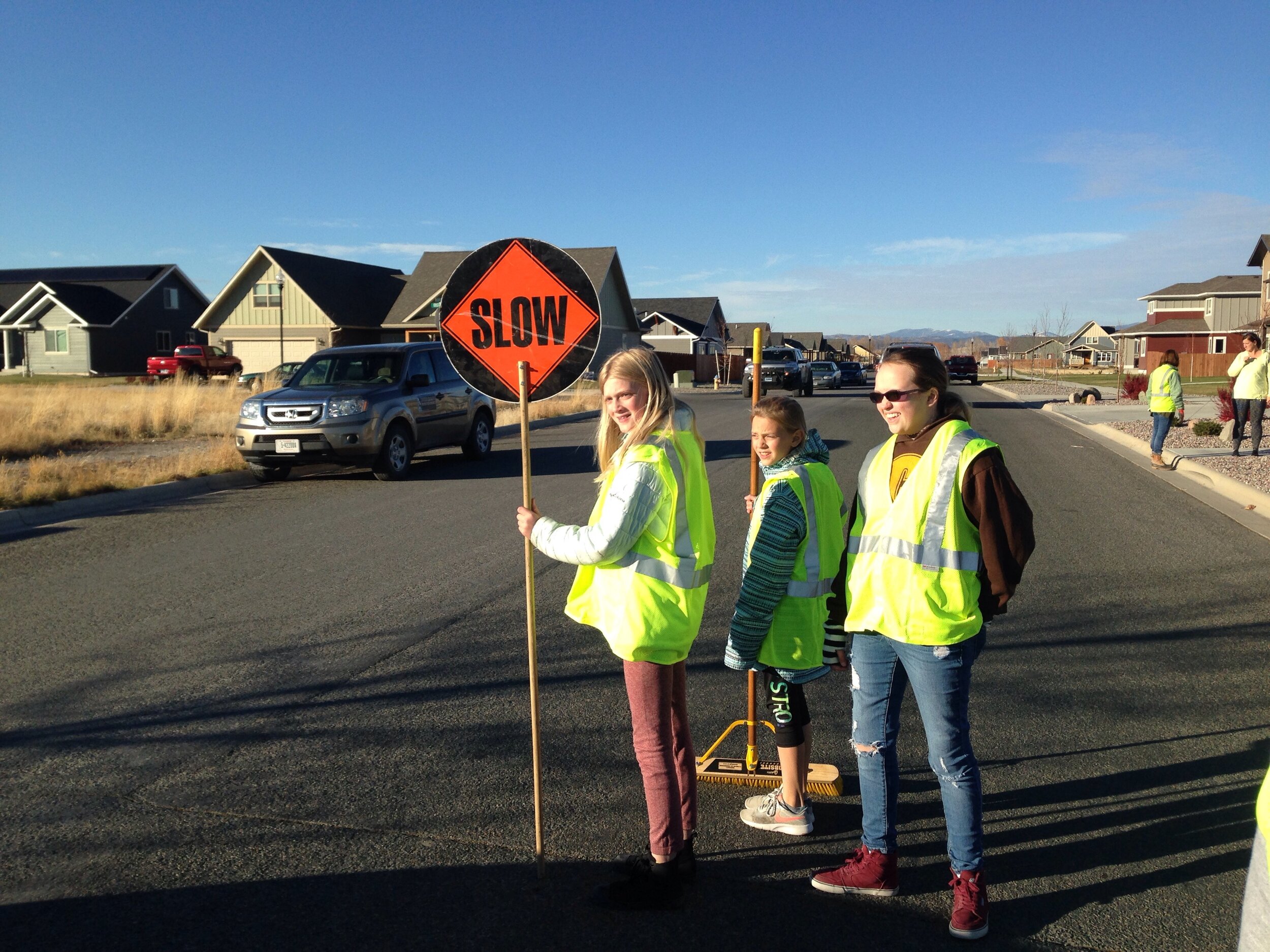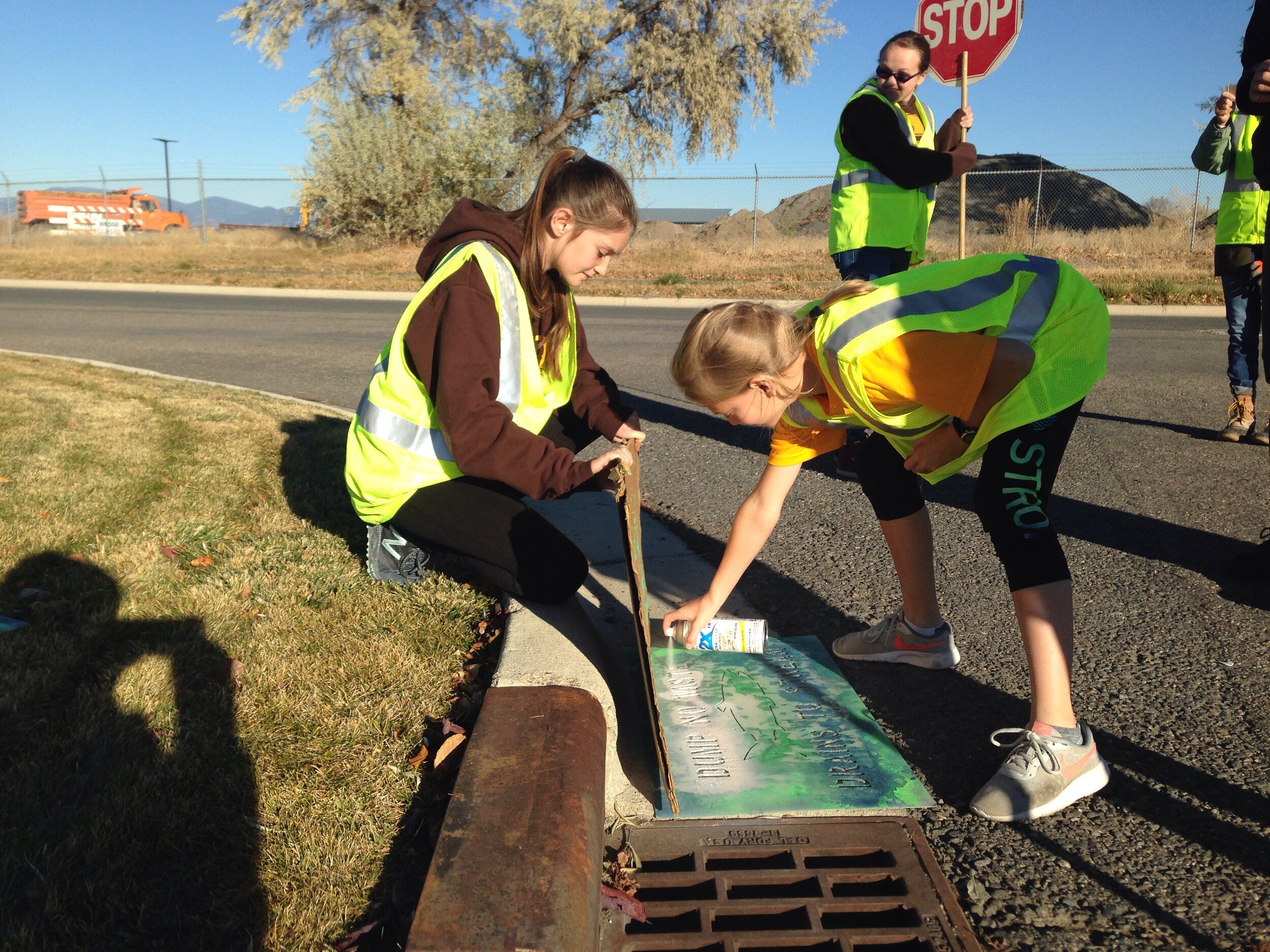Best Management Practices
A “Best Management Practice” is a term used in the United States and Canada to describe an action of water pollution control. These practices range from ensuring a riparian corridor or a “filter strip” to capture nutrient run-off, to fencing off riparian corridors to protect stream banks, to active stream bank restoration. Below briefly describes a variety of these practices. This information is taken directly from Appendix C of the Lake Helena Watershed Restoration Plan.
BIOENGINEERED STREAMBANK STABILIZATION
Bioengineered treatments used to stabilize and protect banks of streams or constructed channels, and shorelines of lakes or reservoirs. Biological, mechanical, and ecological concepts are synthesized to control erosion and stabilize soil through the use of vegetation. Tree and root wad revetments are used in place of or in combination with rock. This practice may require deflection of water away from the target reach. Bioengineering treatments are developed systematically, taking
into consideration the causes of erosion and the upstream and downstream effects of the treatment and changes that may occur in the watershed hydrology and sedimentation over the design life of the treatments. Vegetation used in bioengineered treatments must be native or compatible with native habitat. Treatments that include woody debris, woody riparian vegetation, or other treatments that provide shade and cover can improve fish and wildlife habitat in addition to water quality benefits.
Bioengineering treatments are usually, but not always, much less expensive than traditional methods of streambank erosion control. Allen and Leech (1997) note that costs can vary tremendously due to differences in the availability of materials, hauling distances, labor rates, project objectives, and other factors. Maintenance costs over the life-cycle of the treatment must be considered. Allen and Leech (1997) present comparisons of actual costs of bioengineering treatments with estimated costs of traditional rip-rapped revetments under similar conditions in the same area.
Additional Benefits
Prevent or minimize loss of adjacent land or other properties.
Prevent or minimize interference with land use.
Prevent or minimize damage to adjacent facilities.
Maintain the flow capacity of streams or channels.
Improve or enhance the stream corridor for fish and wildlife habitat, aesthetics, recreation.
FILTER STRIP
A strip of permanent perennial vegetation placed on the down-gradient edge of a field, pasture, barnyard, animal confinement area or some types of impervious urban/transportation areas. The strip can slow surface runoff, filter particulate matter, or absorb and use nutrients. If the purpose of the strip is to take up nutrients, the vegetation must be periodically harvested in order to prevent nutrient buildup. Grazing would not constitute harvesting because nutrients are
deposited as well as removed.
OFF-STREAM WATERING FACILITY
An off-stream watering facility is a permanent or portable device to provide an adequate amount and quality of drinking water for livestock and wildlife. The device and its location should encourage or enable livestock to obtain water from a source other than a surface water body. Off-stream watering facilities can help livestock meet daily water requirements and improve animal distribution. This practice is typically used in conjunction with riparian fencing.
RIPARIAN FENCING
Fencing used to permanently or temporarily control livestock access to riparian areas. Fencing may be used to prevent streambank trampling, reduce nutrient and pathogen pollution, or promote vegetative growth and plant species diversity. Including “water gaps” in the fencing can provide cattle with access to water while still reducing access to the majority of stream banks and riparian areas (see image below). This practice is typically used in conjunction with off-stream watering.
A water gap installed on the Tryan Project to allow livestock access to water while still fencing off most of the riparian area to recover and rehabilitate.
Storm Water management
Storm water runoff occurs when precipitation from rain or snowmelt flows over the ground. Impervious surfaces like driveways, parking lots, streets, and sidewalks prevent storm water from naturally soaking into the ground. Storm water carries debris, chemicals, dirt and other pollutants into the surface waters of the Lake Helena watershed. Storm water runoff can also pollute the Helena Valley aquifer. Residents and businesses can help to reduce pollution by not dumping pollutants into storm drains and by doing the following:
Proper storage, disposal, and recycling of hazardous wastes
Local Girl Scouts group spray paints friendly reminders to not dump any waste down storm water drains.
Pet waste management
Storm drain inlet protection
Lawn and garden fertilizer management
Litter control and parking lot cleanup
Vehicle and equipment maintenance to prevent leaks
Permeable landscaping
Preservation of existing vegetation
Reuse of storm water by routing runoff to lawns, vegetation, or rain barrels
Settling basins or sediment traps
Composting organic wastes
Vegetated filter strips







